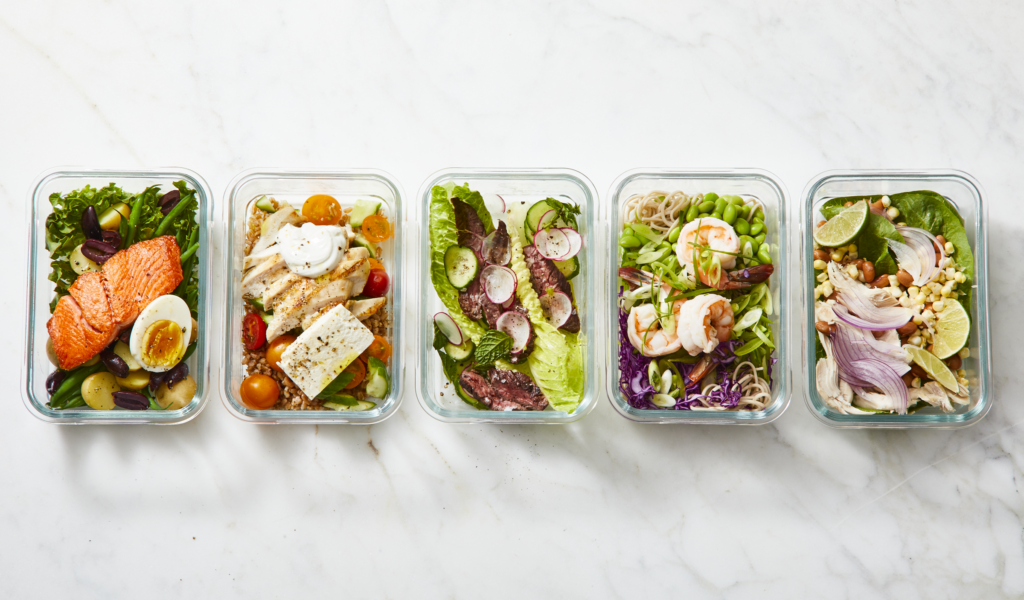 When I first decided to start planning and preparing meals for the week, I wasn’t convinced it would make a difference. Would it really save time? Could I stick with it? After months of consistent meal prepping, I can confidently say it’s been a game-changer—bringing benefits I never anticipated.
When I first decided to start planning and preparing meals for the week, I wasn’t convinced it would make a difference. Would it really save time? Could I stick with it? After months of consistent meal prepping, I can confidently say it’s been a game-changer—bringing benefits I never anticipated.
One of the biggest wins has been eliminating decision fatigue. Before meal prepping, I spent far too much energy each day deciding what to eat. Now, with meals prepped in advance, I don’t have to think about it—it’s one less decision to worry about.
Another unexpected perk has been the improvement in my eating habits. Pre-portioned meals help me avoid overeating and stick to healthier choices. Even on the busiest days, I enjoy balanced meals instead of reaching for snacks or fast food.
Strategies for Sticking to Weekly Meal Prep
Like any lifestyle change, staying consistent with meal prepping takes effort. These are the strategies that have worked for me:
- Start small: In the beginning, I only prepped two or three meals per week. This kept things manageable while I built confidence.
- Stick to simple recipes: Fancy meals aren’t necessary. Some roasted veggies and baked chicken can go a long way.
- Create a routine: I’ve dedicated Sunday afternoons to meal prepping. Adding it to my schedule ensures I stay on track.
Consistency is key, but it’s okay to adjust when life happens. Some weeks, I prep less or skip altogether—and that’s perfectly fine.
Avoiding Common Meal-Prep Mistakes
I’ve encountered several pitfalls while learning how to meal prep. Here are some mistakes I made and how I adjusted:
- Over-prepping: At first, I prepared five unique dinners every week, but I quickly burned out. Now, I stick to two or three core meals and rotate them.
- Neglecting snacks: Early on, I only prepped meals, which left me snacking on less healthy options. Now, I portion out healthy snacks like trail mix or veggie sticks with hummus.
- Skipping cleanup: Leaving a mess for later made meal prep feel overwhelming. Cleaning as I go has made the process more manageable.
Small changes like these have made my meal prep routine more enjoyable and sustainable.

